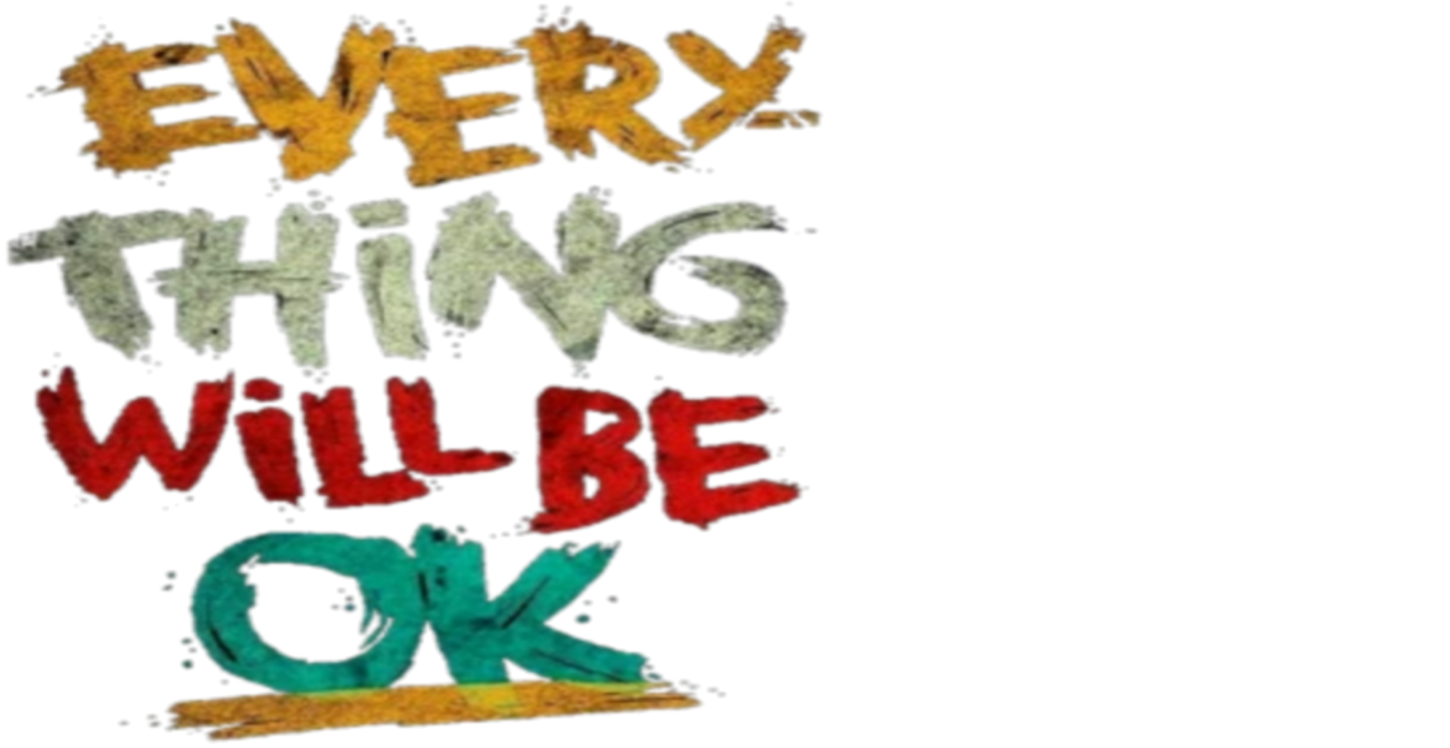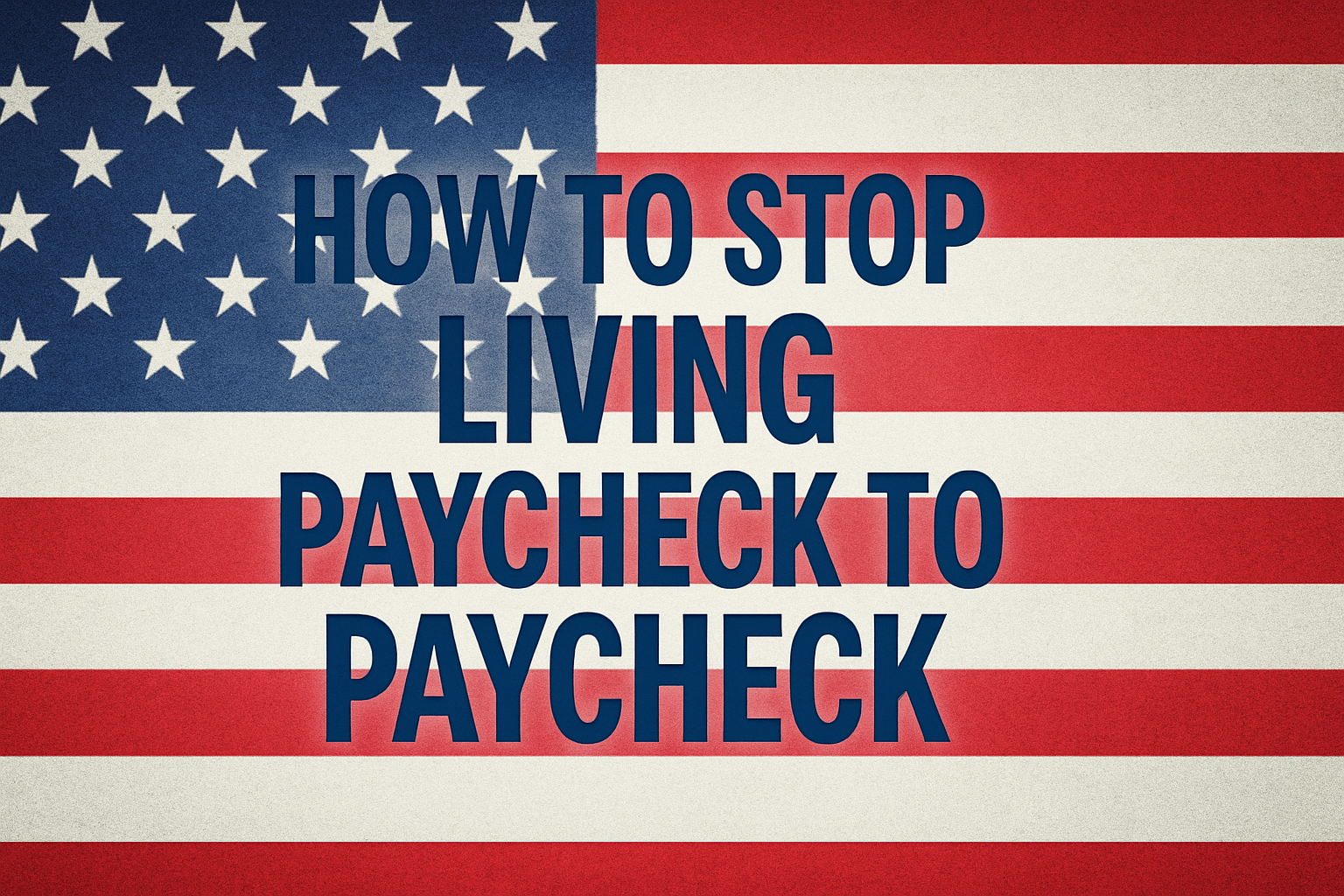How to stop Living paycheck to paycheck is a common struggle for many people. It means that after paying for bills, groceries, and daily expenses, there’s nothing left before the next payday. If an emergency happens or an unexpected bill arrives, no extra money will cover it. This way of living causes stress, anxiety, and can hold you back from reaching your dreams. But the good news is—you can break the cycle.
1. Understand Your Financial Situation
The first step to stop living paycheck to paycheck is to clearly understand your financial situation. This means knowing exactly how much money you make and where every dollar goes. Start by listing all your sources of income. Then, write down all your expenses, including rent, utilities, groceries, subscriptions, gas, and even small things like coffee. This gives you a full picture of your money habits.
2. Create a Monthly Budget
A budget is like a roadmap for your money. It helps you decide how to spend every dollar. Once you know your income and expenses, create a monthly budget. This means setting limits on how much you spend in each category. Apps like Mint or EveryDollar can help you stay organized. Make sure your budget is realistic so you can stick to it.
3. Cut Unnecessary Expenses
Many people spend more than they think on non-essential items. These are things you don’t really need, like eating out often, online shopping, or multiple streaming services. Review your expenses and identify areas where you can cut back. Even saving $50 to $100 each month can make a big difference over time. Use that money to build your savings instead.
4. Build an Emergency Fund
An emergency fund is money saved for unexpected expenses like car repairs, medical bills, or job loss. It acts as a safety net so you don’t fall into debt when life happens. Aim to save at least $500 to start, then work your way up to three to six months of expenses. Keep this money in a separate savings account so you’re not tempted to use it.
5. Increase Your Income
Sometimes cutting expenses isn’t enough. If your income is too low, consider finding ways to earn more. You can ask for a raise, take on extra shifts, start a side hustle, or freelance in your free time. There are many online platforms like Upwork, Fiverr, or even Uber where you can earn extra cash. The extra money can be used to pay off debt or boost your savings.
6. Pay Off High-Interest Debt
Debt, especially with high interest, can drain your paycheck. Focus on paying off credit card balances and loans that cost you the most in interest. Use methods like the Debt Snowball (paying off the smallest debts first) or the Debt Avalanche (tackling the highest interest debts first). Reducing debt means more money stays in your pocket each month.
7. Automate Your Savings

If saving feels hard, automation can help. Set up automatic transfers from your checking account to your savings every payday. Even if it’s just $20 a week, it adds up. By automating savings, you pay yourself first and reduce the temptation to spend that money.
8. Live Below Your Means
This means spending less than you earn. It’s one of the most powerful habits to stop living paycheck to paycheck. Try to avoid lifestyle inflation—don’t increase your spending just because you got a raise. Instead, keep your spending the same and use the extra money to save or invest.
9. Use Cash or Debit Over Credit
Credit cards can lead to overspending because they don’t feel like real money. Try using cash or a debit card for your daily expenses. This helps you stick to your budget and only spend what you have. If you use credit cards, make sure to pay off the full balance each month to avoid interest.
10. Plan Your Meals and Cook at Home
Food is one of the biggest expenses for many people. Planning your meals and cooking at home can save hundreds of dollars each month. Make a grocery list, buy in bulk, and prep meals in advance. Avoid eating out often and bring lunch to work. These small changes can lead to big savings.
11. Review Your Subscriptions
Many people have forgotten subscriptions that are quietly draining money each month—gym memberships, streaming services, apps, magazines. Review your bank statements and cancel anything you don’t really use. This is one of the easiest ways to free up extra cash.
12. Use Financial Tools on How to stop Living paycheck to paycheck
There are many free tools to help manage your money better. Apps like NerdWallet offer budgeting help, debt tracking, and financial tips. You can also use Excel or Google Sheets for creating your own budget spreadsheet. These tools can give you more control and make saving fun and easy.
13. Set Financial Goals
Having a goal gives your money a purpose. Whether it’s saving for a vacation, buying a home, or retiring early, goals help you stay motivated. Break big goals into small, achievable steps. Celebrate milestones along the way so you stay encouraged.
14. Educate Yourself About Money
Learning more about personal finance is one of the best things you can do. Read books, watch videos, and follow trusted money experts. The more you know, the better choices you can make. Websites like Investopedia offer free lessons and articles for beginners.
15. Stay Consistent and Patient
Changing your money habits won’t happen overnight. It takes time, effort, and patience. But the rewards are worth it—less stress, more freedom, and peace of mind. Even small progress adds up. Stay consistent, review your plan monthly, and adjust when needed. You’re building a better future, one step at a time.
Benefits of Breaking the Paycheck-to-Paycheck Cycle
- Less Stress: You’ll worry less about money and feel more in control.
- More Freedom: You can make better life choices without being tied to your next paycheck.
- Improved Credit: With less debt and on-time payments, your credit score can improve.
- Emergency Ready: Unexpected bills won’t throw your life into chaos.
- Long-term Security: You’ll be able to plan for the future, retire with peace, and enjoy life more fully.
Conclusion on How to stop Living paycheck to paycheck
Living paycheck to paycheck is a tough cycle, but it’s not permanent. With the right mindset, tools, and habits, you can take control of your finances. Start small—track your spending, make a budget, cut back on unnecessary expenses, and save a little each month. Over time, these small steps add up to a big change. You’ll be less stressed, more confident, and closer to the life you dream of. You deserve financial peace, and with patience and effort, you can achieve it.
For more detailed tips and budgeting tools, check out:

